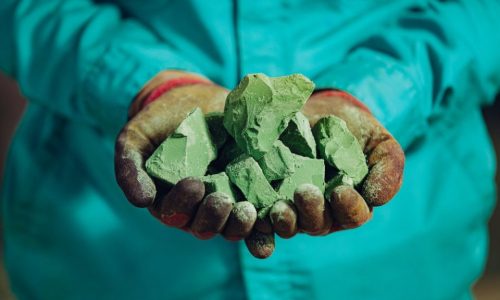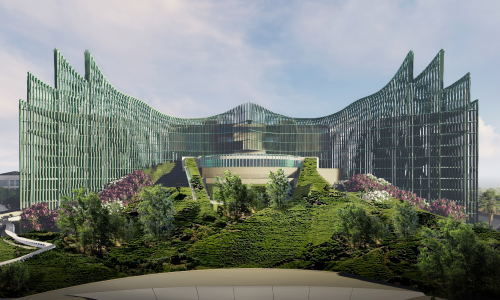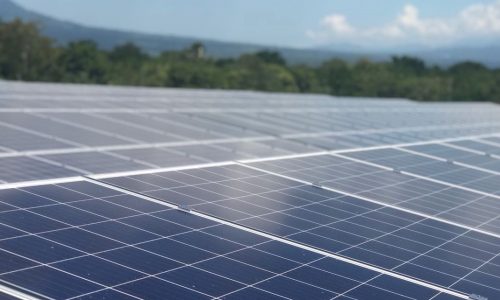The potential for oil and gas (O&G) in Indonesia’s eastern region remains highly promising, making it a key contributor to the nation’s future O&G production targets.
Hudi Suryodipuro, Head of the Program and Communication Division at the Special Task Force for Upstream Oil and Gas Business Activities (SKK Migas), highlighted significant discoveries of O&G resources in Eastern Indonesia.
Currently, 4% of the nation’s energy comes from the Eastern Indonesia region, including the Tangguh LNG Train 3 Project, the Carbon Capture, Utilization, and Storage (CCUS) Project in Ubadari, and the Masela Block.
Suryodipuro expressed optimism about the future development in the region, anticipating extraordinary growth. He emphasized the importance of bringing these projects online to generate multiplier effects, particularly benefiting the local communities.
In the same context, Shinta Damayanti, Secretary of SKK Migas, stated that the Eastern Indonesia region is a cornerstone for the country’s upstream O&G industry in achieving the 2030 O&G production targets of 1 million barrels per day and 12 billion cubic feet of natural gas per day.
Recognizing the significance of Petrogas as an O&G contractor, Damayanti urged the management of Petrogas Basin Ltd to enhance its already commendable performance in 2023.
“I urge the management of the Contractor for the Cooperation Contract (K3S) Petrogas Basin Ltd to improve their already good performance in 2023. To face 2024, better preparations should be made so that the entry level in early 2024 is optimal, ensuring that production and lifting in 2024 can achieve the set targets,” said Damayanti.
In the current energy transition era, Damayanti highlighted the increasingly important role of gas. It serves not only as an energy source and state revenue but also as a raw material for industries and a contributor to multiplier effects.
“We hope that the contribution made by K3S Petrogas Basin Ltd can be further increased to provide significant positive impacts on the Indonesian people, especially for the people in Papua,” she added.
According to data from the Ministry of Energy and Mineral Resources, at least five working areas in the eastern part of Indonesia are being promoted by the government for optimized management.
These include Seram, Buton, Timor, Aru, and Warim. Additionally, the government is encouraging exploration drilling in other regions, such as the Riam-1 well in the Walio Barat Field, Kepala Burung Block, Sorong Regency, to maximize the O&G potential in West Papua.
Given the substantial O&G resources in the eastern region of Indonesia, the government’s recent proactive approach towards exploration drilling in the area is well-founded.









